5 Things To Know About Dell’s Second-Quarter Financials
‘Whether we are reopening or reclosing, eating in restaurants or ordering out, returning to the office or staying at home, the one constant has been an unprecedented demand for technology. Another constant has been our ability to execute against our stated strategy and deliver consistent performance no matter the market dynamic,’ says Jeff Clarke, Dell’s vice chairman and co-COO.
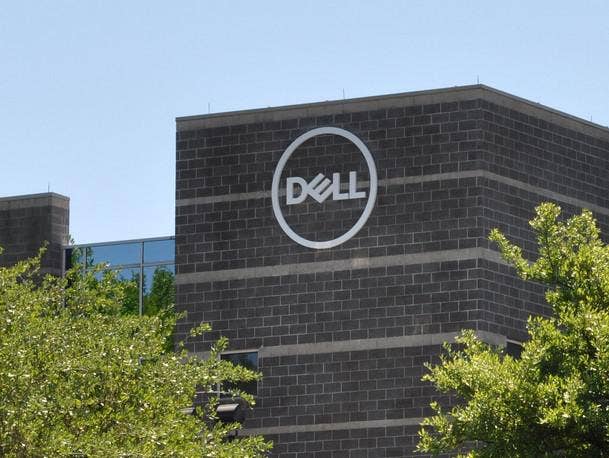
End-To-End Innovation Engine
Dell Technologies in its second fiscal quarter 2022 delivered its best quarter despite the unpredictable environment surrounding the IT industry, said Jeff Clarke, vice chairman and co-COO of the Round Rock, Texas-based IT giant.
“That’s because whether we are reopening or reclosing, eating in restaurants or ordering out, returning to the office or staying at home, the one constant has been an unprecedented demand for technology,“ he said. “Another constant has been our ability to execute against our stated strategy and deliver consistent performance no matter the market dynamic.”
Dell has leadership positions in large, stable and expanding markets with strong underlying fundamentals, Clarke said. That let Dell to report record revenue and record earnings per share during the second fiscal quarter 2022, he said.
Dell has durable competitive advantages that help it in its core and adjacent markets, Clarke said. Advantages that helped drive Dell’s second-quarter growth include its end-to-end innovation engine, particularly in software, he said.
“[It is] based on our unparalleled market reach and ability to see across a customer’s full set of IT needs,” he said. “These include management and orchestration, embedded intelligence, automation, predictive analytics, proactive support, telemetry and intrinsic security.”
Here are five key takeaways from the company’s second fiscal quarter 2022.
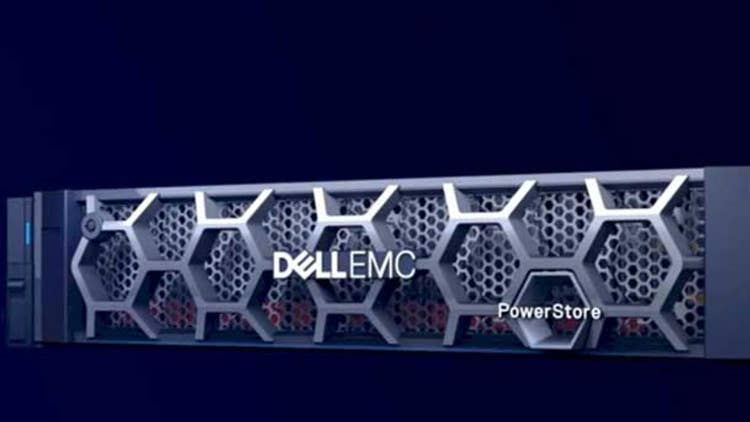
PowerStore Line A Game-Changer
Dell Technologies is far and away the storage industry’s largest vendor. Although storage revenue fell 1 percent year over year, Clarke said that is not as bad as it might seem at first glance.
“Maybe sometimes we don’t do a good job of describing our storage business,” he said.
Clarke said Dell has the broadest storage portfolio in the market, with the highest market share in high-end, midrange, entry-level, unstructured, object, all-flash and software-defined storage. Dell had a 32.3 percent share of the storage market in the second calendar quarter, greater than that of the next four vendors combined, he said.
Dell’s storage business in several areas, particularly the midrange, grew as fast as or faster than that of its competitors, he said. Midrange storage sales grew 17 percent year over year. The exception is in the large, high-end business, which he said is cyclical in nature, and was down in the quarter after a very solid first half of last year.
Dell has a 42 percent-plus market share in the high-end storage market, Clarke said.
“That market is declining,” he said. “It’s cyclical in nature. The last first half it grew. This first-half it’s not growing. We’re obviously exposed to a large percentage of that business being the market-share leader with 42-plus-percent share. It’s declining, and we’re declining like the market’s declining.”
The Dell PowerStore line is the game-changer in the midrange storage space, Clarke said.
“It’s the fastest-growing product we’ve ever launched through its first five quarters,” he said. “We have a growing customer base. And we have repeat buyers. Good signs.”
Dell also has the highest market share in the hyperconverged infrastructure market, which Clarke said is the fastest-growing part of the storage industry. Dell with VMware VxRail saw HCI revenue grow 34 percent over last year, he said.
“So in the two most important marketplaces, midrange and the new two-tier modern architecture, we’re the leader, and we’re growing at a faster rate than our competitors in those spaces.”
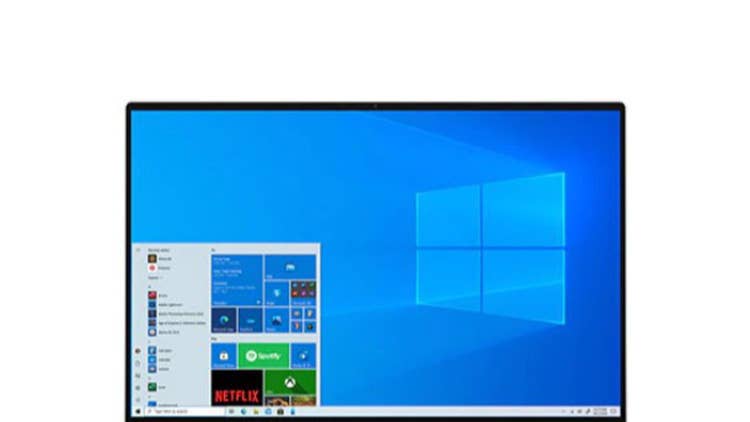
Impact Of Windows 11 Refresh
When asked by an analyst about how the upcoming PC operating system upgrade to Windows 11 might impact PC sales, Clarke said that history is bullish when it comes to new OS cycles.
“When the product is formally released into the marketplace, we believe [the demand] is there,” he said. “We think Windows 11 brings a lot to end users from anywhere to a new user interface to the ability to see some productivity enhancements, run multiple desktops and such, [and] drives a higher hardware specification, which is good for business. We have a large installed base that will continue to need to be refreshed against that. We believe that this is really a replacement of a PC, not an upgrade of an OS on an old PC. So that generally drives demand in our industry.”
That comes as PC usage patterns change, with the PC becoming more essential than before with work from home, learn from home, buy from home, game from home and entertain from home now the norm, Clarke said.
“And we think that we’re on the verge of new models where, a long time ago we thought success was one PC per household, [and] now we’re seeing multiple PCs per household,” he said. “We’re seeing a more mobile PC base which requires a more frequent upgrade or replacement cycle. ... We think the future is pretty bright for the PC. And a phrase we’ve been kicking around the organization is ‘all signs point to a stronger and longer demand cycle for PCs.’ And we think commercial PCs in particular will benefit from that.”
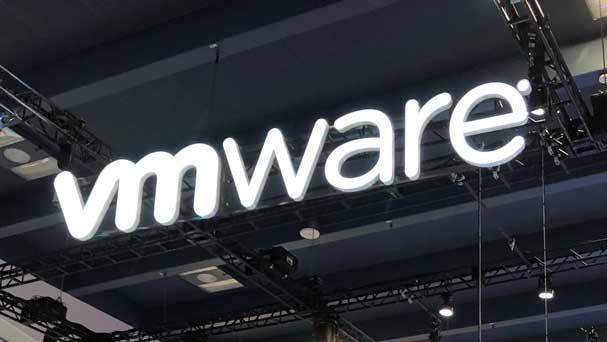
VMware Spin-Off Still On Track
VMware is currently on track to be spun off from Dell in early November.
However, Dell CFO Tom Sweet said Dell is still waiting on a private letter ruling from the IRS. That private letter ruling, along with an opinion that the transaction will generally qualify as a tax-free spin-off to Dell Technologies shareholders for U.S. federal tax purposes, are among the conditions needed for the spin-off to conclude as planned.
“That is the one major milestone out there,” he said. “So we’re continuing to work real close with them, and it’s tracking as expected. So that’s the remaining major hurdle, if you will. Everything else is moving as planned. The teams are working very closely together as we continue to sort of work through our workflows and workstreams around post-spin innovation targets, innovation areas, that the go-to-market motions are all in place. So we feel good about where we are. But we do obviously need to close and get the successful ruling.”
Clarke said Dell has been transparent about the process to the best of its abilities and will continue to be transparent. Additional information is expected to be given to analysts during or before Dell’s Sept. 23 analyst meeting, he said.
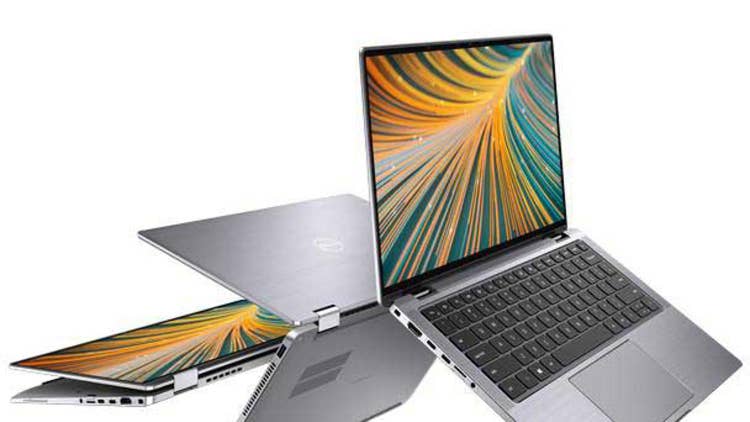
Dealing With Supply Chain, Component Shortage Issues
When discussing Dell’s outlook, Sweet said the global economic recovery is driving broad demand across multiple sectors including IT.
That, he said, resulted in high demand for integrated circuits (ICs) and components that are fundamental building blocks of today’s modern IT, automotive, industrial solutions and home appliances to be in tight supply.
“One of our durable advantages is our industry-leading scale and supply chain expertise,” Sweet said. “It’s been serving us well in this environment, and we are actively managing demand that is ahead of the industry’s ability to deliver ICs and components.”
When asked by a financial analyst during the question-and-answer period about how component shortages have impacted Dell’s PC business, Clarke said the company in the second fiscal quarter took share in both total PC and commercial PC sales, and took more share than any of its competitors.
When it comes to component shortages, Clarke said it all comes down to semiconductors, and continuing into the next year, particularly semiconductors built off 8-inch wafers where manufacturers are investing in little if any new capacity.
“The path out of this is ultimately more capacity,” he said. “It takes a long time to build these different fabs, anywhere from a couple of years to three years, depending on the process technology we’re talking about,” he said. “And obviously, lots of capital is required to do that. That’s the environment we’re playing in. We’ve been directly managing our components for a very long time in this company.”
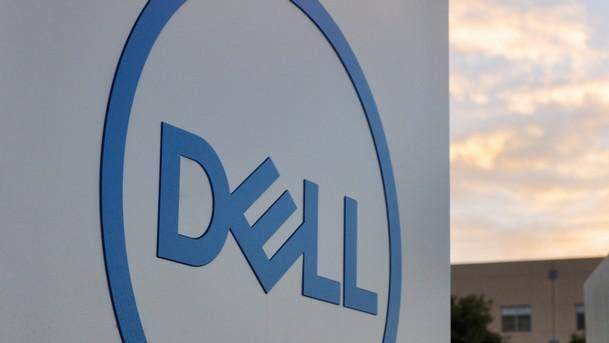
By The Numbers
Overall it was a strong quarter for Dell Technologies.
For its second fiscal quarter 2022, which ended July 30, Dell reported total revenue of $26.12 billion, up 15 percent over the $22.73 billion the company reported for the second fiscal quarter 2021.
Included in that total revenue was $14.3 billion in sales for the company’s Client Solutions Group, which was up 27 percent over last year. Commercial client device sales reached $10.6 billion, up 32 percent, and consumer client sales reached $3.7 billion, up 17 percent, the company said.
Also included in the total revenue number was Dell’s Infrastructure Solutions Group, where total sales rose 3 percent over last year. Breaking that down, Dell reported server and networking revenue of $4.5 billion, up 6 percent, and storage revenue of $4.0 billion, down 1 percent.
Dell also recorded $3.1 billion in VMware revenue, up 8 percent, and revenue for other businesses of $288 million, down from last year’s $457 million.
For the quarter, Dell reported GAAP net income of $880 million, or $1.05 per share, down compared with last year’s $1.10 billion. On a non-GAAP basis, Dell reported net income of $1.9 billion, or $2.24 per share, up from last year’s $1.6 billion, or $1.92 per share.
Looking forward, Sweet said Dell expects an above-normal sequential revenue growth pattern for its third fiscal quarter 2022, with revenue growth in the middle to high teens. The company expects high-single-digit sequential growth for its Client Solutions Group business, and low-digit sequential growth for its Infrastructure Solutions Group business, he said. Overall, revenue should rise on a sequential basis by mid-single digits versus the normal 2 percent decline, he said.